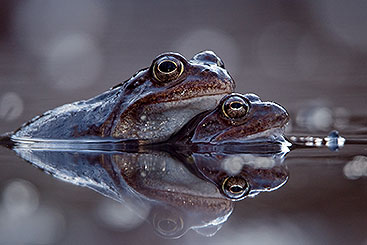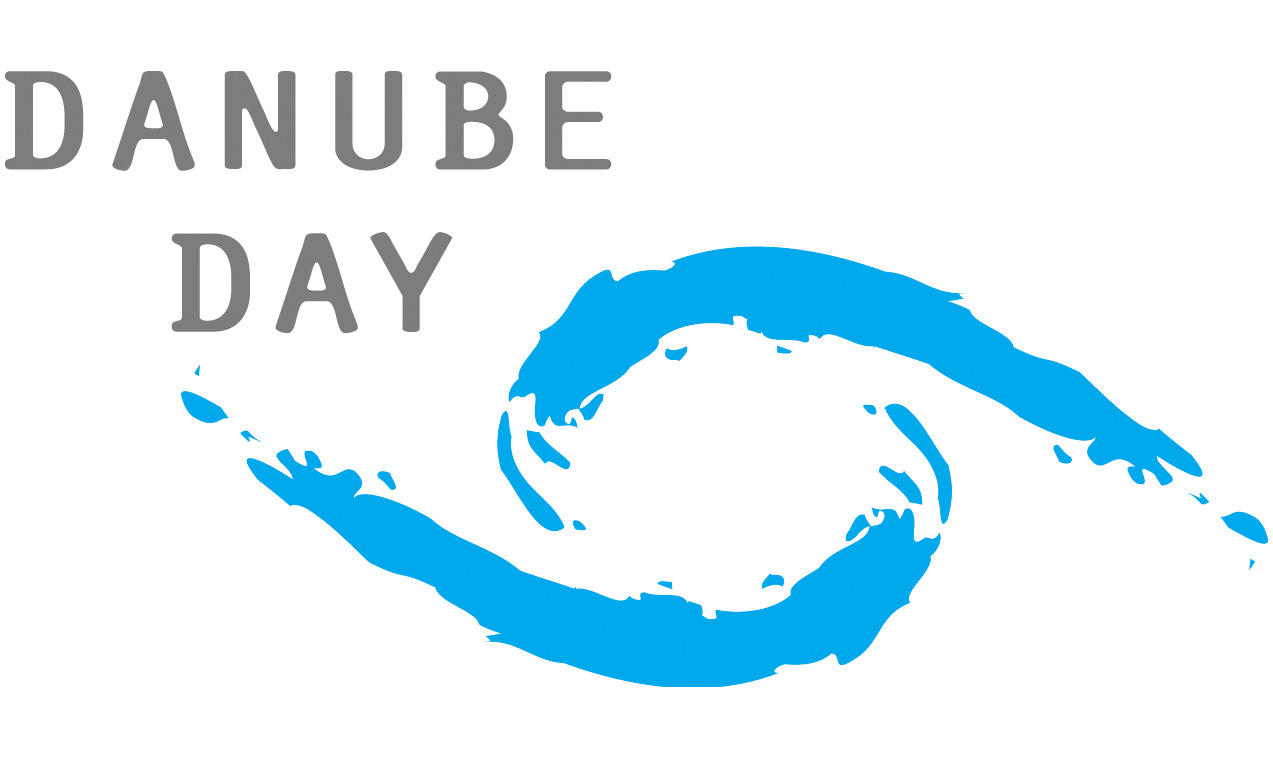Danube River cooperation in comparative perspective

Danube River cooperation in comparative perspective
The Danube countries have a long history of cooperation, but by sharing experiences on cooperation, there is much the ICDPR can learn from the experiences of other water commissions.

Danube cooperation is an example of what is possible under difficult circumstances. If the Danube states can overcome historical and contemporary challenges in managing the river, similar progress is possible in other regions of the world.
International cooperation on the Danube River Basin has become a growing topic of interest for scholars and practitioners. The ICPDR receives visitors annually; researchers and professionals from river commissions visit Vienna to study cooperation on the most ‘internationalised’ river basin in the world.
This interest should not come as a surprise. The experience of Danube River cooperation shows that decades of geopolitical tension, economic transformation and cultural differences are not obstacles to basin-wide river cooperation. Danube cooperation is an example of what is possible under difficult circumstances. If the Danube states can overcome historical and contemporary challenges in managing the river, similar progress is possible in other regions of the world.
Learning from cooperation. The ICPDR has a unique history that the Secretariat staff share with water professionals and interested researchers. Sharing the experience of Danube cooperation pays dividends. Scholars learn how international cooperation can emerge after contentious political conditions. Water professionals and practitioners learn what programmes have worked well – and the ICPDR learns from the experiences of other river commissions.
What can a comparative perspective on Danube River cooperation provide for scholars and practitioners? The Danube Basin is not the only water basin in Europe with a complicated historical legacy. It is not the only water basin with several neighbouring states maintaining different economies. And it is not the only water basin facing challenges such as climate change adaptation or nutrient pollution.
Looking at the Baltic Sea. The Baltic Sea area has shared a similar experience as the Danube Basin. Much like the Danube riparian states, the Baltic coastal states have overcome geopolitical disagreements. They have undergone economic transformations in the eastern half of the basin area. And the European Union has invested to improve environmental conditions and help economic recovery in former socialist states in each basin.
The Baltic states began with a convention in 1974 on the whole sea, although the ecological basin-wide perspective only followed under a 1992 convention. The Baltic states began to cooperate at the sea-wide level decades before the Danube states began to cooperate at the river-basin level. Danube states did not begin with a basin-wide perspective. They had previously made sub-basin and bilateral commissions before adopting the Danube River Protection Convention. The ICPDR and the Danube states have managed to create a strong basin-wide management system in a relatively brief time span.
There are differences, however. The Baltic states have made a nutrient load reduction scheme that allocates maximum allowable inputs by country. It is an ambitious programme that the Helsinki Commission (HELCOM) has revised in advance of this year’s ministerial meeting. The Danube states have made nutrient inputs a major issue, but they have not allocated allowable inputs among countries. However, the Danube states have institutionalised their emphasis on public awareness-raising in the basin. Danube Day, the International Danube Art Master and other events seek to enhance a basin-wide perspective on the river.
Balancing national and international efforts. HELCOM and the ICPDR have similar institutional structures. They are both decentralised: the commissions rely on national experts to collect samples, provide national reports and conduct national-level analyses. The national experts participate in working groups, divided by specialisation. The commissions have relatively few permanent staff because the commissions can follow through on their objectives and responsibilities in collaboration with national experts. These working groups have contributed to networks of association among national experts who might otherwise not have as much contact and exchange, at least not at such regular intervals and under institutionalised settings.
The European Union has played a growing role in each basin. It provides cohesion funds, contributes to environmental projects and facilitates economic recovery and restructuring in each basin. It has also made harmonisation a priority and legal requirement under the Water Framework Directive and the Marine Strategy Framework Directive. Much like implementation of the Water Framework Directive in the Danube basin relies on the ICPDR, implementation of the Marine Strategy Framework Directive in the Baltic Sea relies on HELCOM.
Cooperation has been beneficial and useful for non-EU states in each basin. In the Danube Basin, Ukraine, Moldova, Serbia and Bosnia and Herzegovina are not EU member states. In the Baltic Sea Basin, Russia is not an EU member state. Russia has benefited from participating in HELCOM, and Ukraine, Moldova, Serbia and Bosnia and Herzegovina have benefited from participating in the ICPDR. These non-EU states have gained technical assistance and knowledge of technical issues. And the EU has engaged these countries through the ICPDR and HELCOM, as a party to the Helsinki Convention and the Danube River Protection Convention.
Working together to overcome challenges. Both basins face at least two similar challenges: nutrient loading and adaptation to climate change. The Danube states have recognised that agricultural loading in the river may rise because of growing agricultural production. The same is true in the Baltic Sea: governments acknowledge that eutrophication is a common threat to the environmental and ecological status of the sea. They now face an emergent issue because of climate change, which may contribute to volatile precipitation in each basin and more agricultural run-off. HELCOM and the ICPDR have each devoted more attention to the long-term challenges that climate change may bring for the people in each basin. Cooperation in both basins has overcome challenges in the past and there is good reason to expect that it will meet new challenges in the future.






